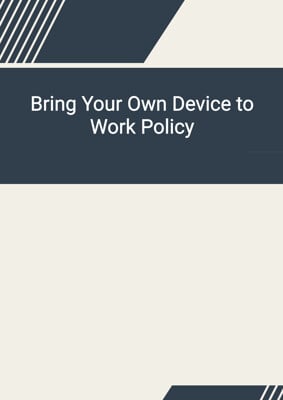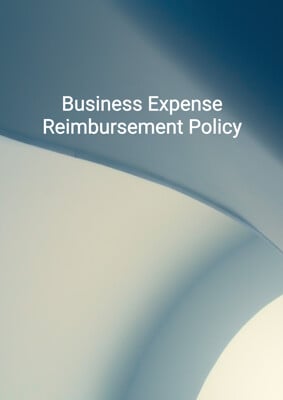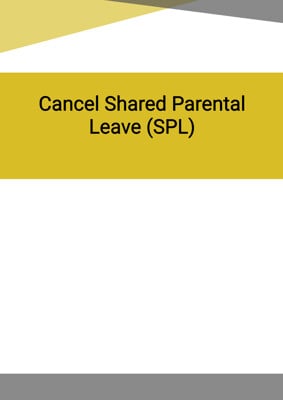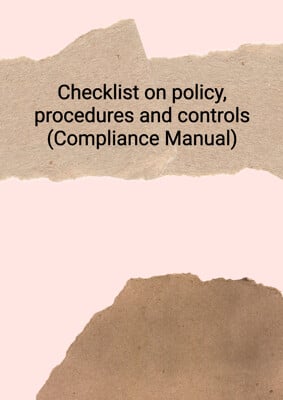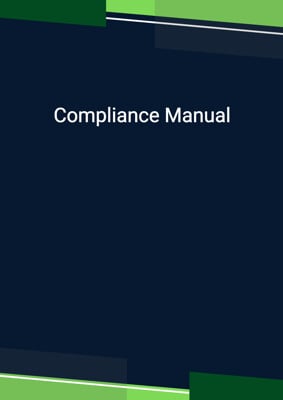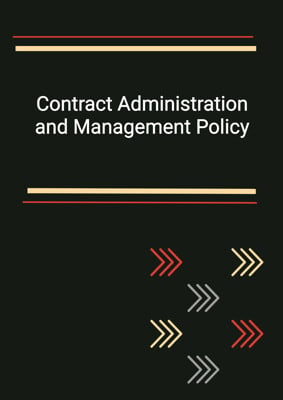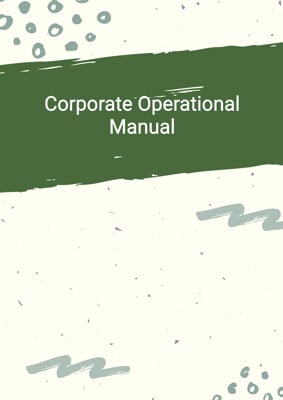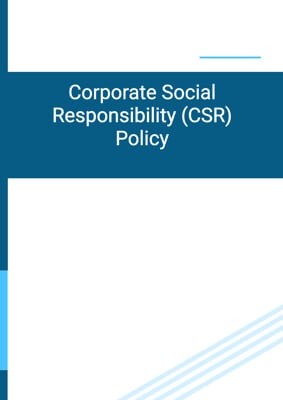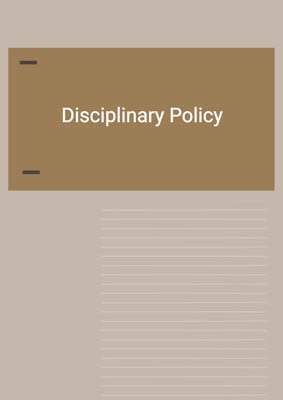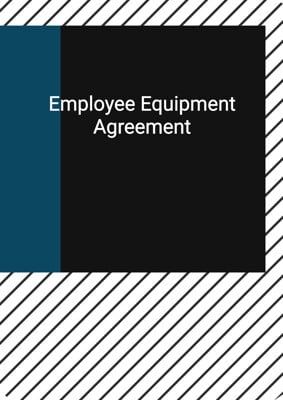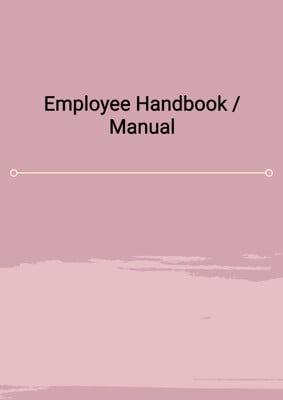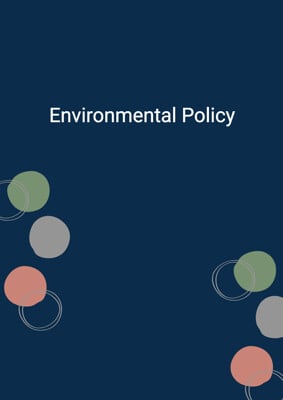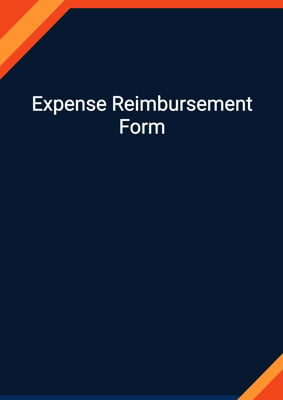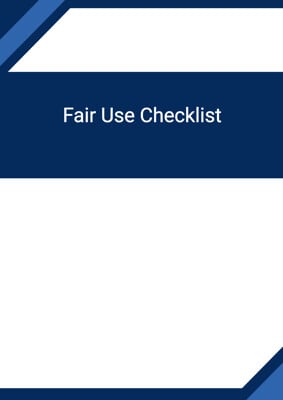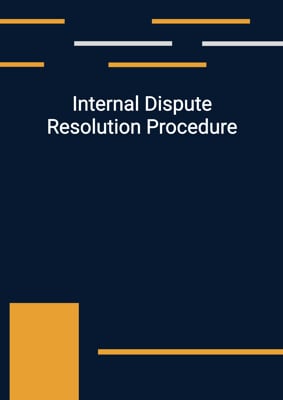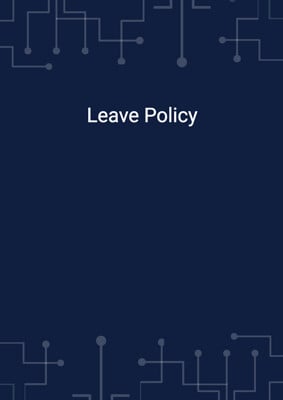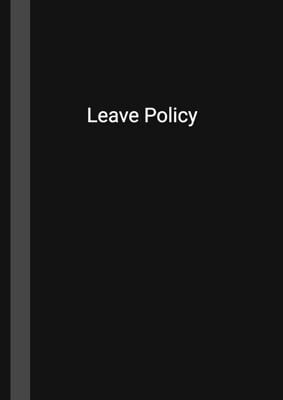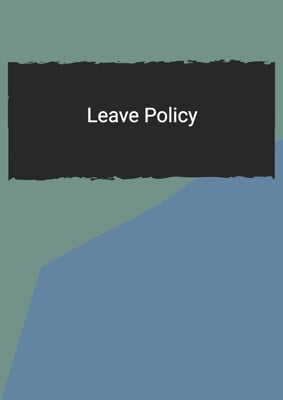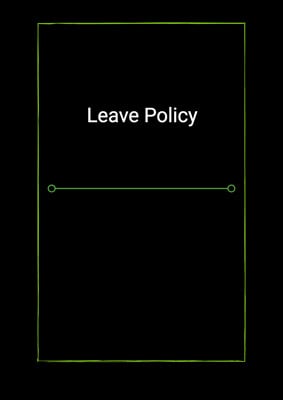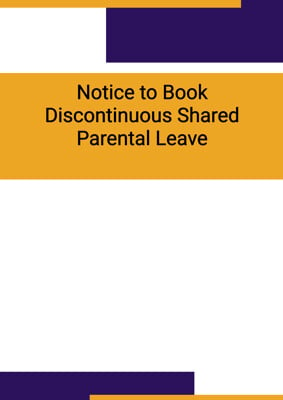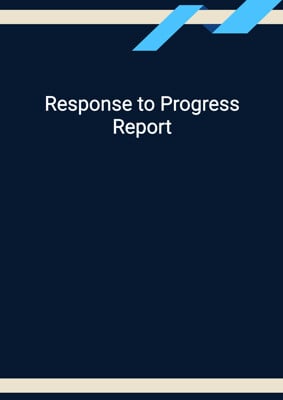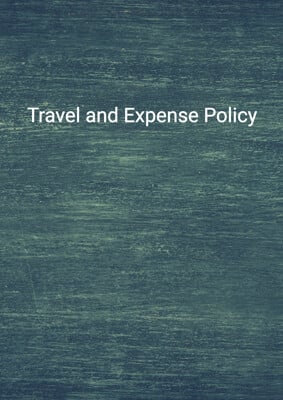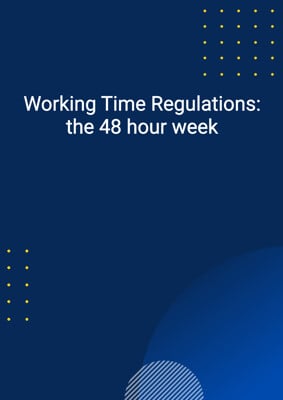How to Tailor the Document for Your Need?
01
Create Document
Click "Create Document" button and the document will be prepared with your account details automatically filled in.
02
Fill Information
Please fill in any additional information by following the step-by-step guide on the left hand side of the preview document and click the "Next" button.
03
Get Document
When you are done, click the "Get Document" button and you can download the document in Word or PDF format.
04
Review Document
Please review the document carefully and make any final modifications to ensure that the details are correct before publication / distribution.
Document Preview
Document Description
The 'Leave Policy' document is a comprehensive policy that outlines the rules and procedures for sabbatical leave entitlements for eligible employees of the Account Job Company. The document begins with a clear purpose and scope, highlighting the importance of sabbatical leave in allowing employees to take extended time off from work for personal interests and self-development. It specifies that the policy applies to all long-term full-time employees of the company.
The document then provides detailed information on the eligibility and entitlement criteria for sabbatical leave. It states that employees must have completed a certain number of years of continuous employment with the company to qualify for sabbatical leave. It also mentions the number of consecutive weeks of leave an employee is entitled to. Additionally, the document includes information on whether the leave is paid or unpaid, depending on the employee's specific circumstances.
The benefits of sabbatical leave are also described in the document. It explains that employees may continue to accrue paid benefits, such as sick and vacation leave, during the sabbatical leave period, or they may not accrue any paid leave benefits, depending on the company's policy.
The document further outlines the procedure for requesting sabbatical leave. It states that employees must submit a written notice to their immediate supervisor at least 8 weeks before the intended start date of the leave. The notice should include the reason for taking sabbatical leave, details of the activities the employee intends to undertake during the leave, and the duration of the unpaid leave.
The responsibility for managing requests for sabbatical leave lies with the immediate supervisors and the HR department. They are tasked with considering various factors, such as the reasons for seeking leave, the duration of the leave, the impact on the business, and the employee's performance before approving the request. The document also mentions that the number of employees on sabbatical during the same period may be taken into account.
The document clarifies that sabbatical leave cannot be accrued and any unused leave days will expire if not used before completing a certain number of years of continuous service with the company. It also addresses the employee's return to work after the sabbatical leave period, stating that the employee's contract of employment remains intact, and efforts will be made to reinstate the employee in the same position or an equivalent.
The document includes provisions for the termination of employment, misuse of sabbatical leave, and provides contact details for further guidance. It emphasizes that the policy does not form part of the employee's contract of employment and may be amended by the company's HR department at any time.
In summary, the 'Leave Policy' document is a detailed and comprehensive guide that outlines the importance of sabbatical leave, eligibility criteria, entitlements, benefits, procedure for requesting leave, management of requests, return to work, termination of employment, and misuse of leave.
How to use this document?
1. Submit written notice: Employees wishing to avail sabbatical leave must submit a written notice to their immediate supervisor at least 8 weeks before the intended start date of the leave.
2. Include necessary details: The written notice should include the reason for taking sabbatical leave, details of the activities the employee intends to undertake during the leave, and the duration of the unpaid leave.
3. Consideration and approval: The immediate supervisors and the HR department will review the leave request, considering factors such as the reasons for seeking leave, the duration, the impact on the business, and the employee's performance. They may approve the request based on these considerations.
4. Accrual of benefits: Depending on the company's policy, employees may continue to accrue paid benefits, such as sick and vacation leave, during the sabbatical leave period, or they may not accrue any paid leave benefits.
5. No accrual of sabbatical leave: It's important to note that sabbatical leave cannot be accrued, and any unused leave days will expire if not used before completing a certain number of years of continuous service with the company.
6. Return to work: After the sabbatical leave period, employees will return to their position (or an equivalent) as per their contract of employment. Efforts will be made to reinstate the employee in the same position, but alternative employment may be offered if reinstatement is not possible.
7. Termination of employment: Upon termination, employees will not be entitled to any payments for unused sabbatical leave.
8. Misuse of leave: Misusing sabbatical leave for purposes other than those approved by the immediate supervisor may result in disciplinary action, including termination of employment.
9. Contact HR representative: For any questions or further guidance, employees can contact their human resource representative at the provided email address.
10. Amendments and interpretation: The policy may be amended by the company's HR department at any time, and they have the sole authority to interpret the content of the policy.
Not the right document?
Don’t worry, we have thousands of documents for you to choose from:

